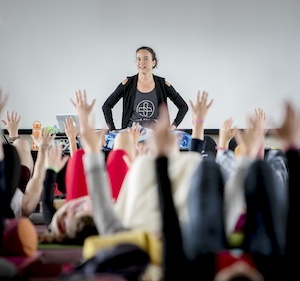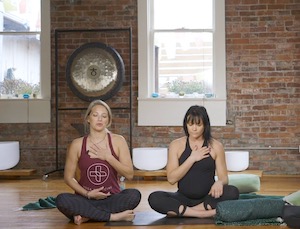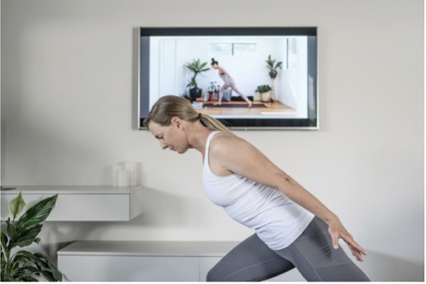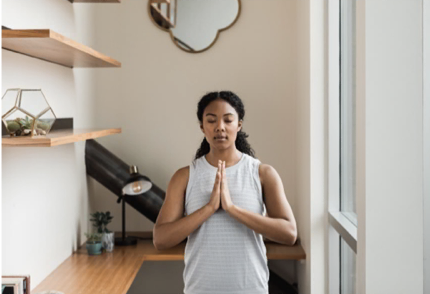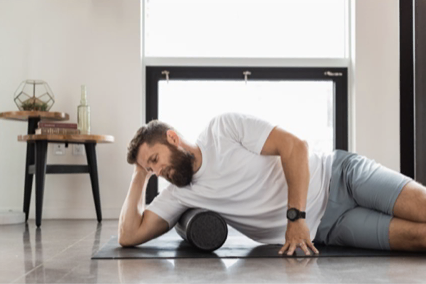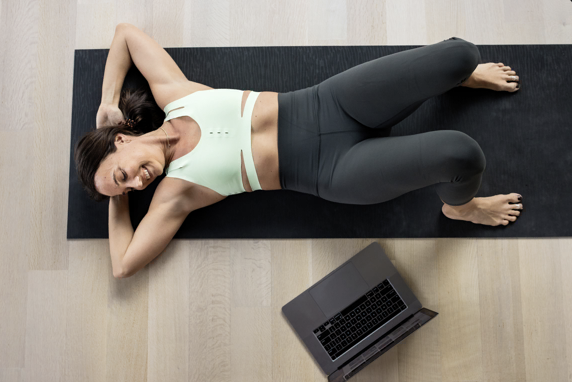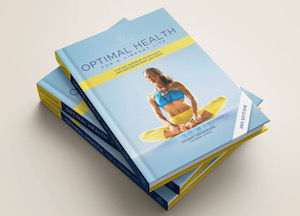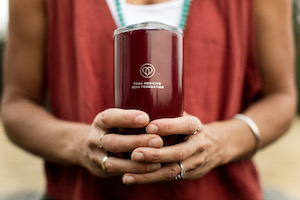Yoga Medicine® – Home › Forums › Hip Module Report – By Yoga Medicine Assistant Almut Schotte
- This topic has 0 replies, 1 voice, and was last updated 9 years, 8 months ago by
 Katie Tietz.
Katie Tietz.
-
AuthorPosts
-
April 14, 2015 at 12:58 am #3565
I recently had the pleasure of taking and assisting Tiffany Cruikshank’s Yoga Medicine hip module in Bali. The hip is a powerful joint and I was excited to spend a week studying its intricacies with my Yoga Medicine family. The real beauty of the hip anatomy reveals itself when we’re able to look at the muscles as a team, and the joint as a whole.
A muscle never works alone, it always depends at least on two others, the antagonist and the synergist. For example, the GOGOQ muscles (Gemelus Superior, Obturatus External, Gemelus Inferior, Obturatus Internal, Quadratus Femoris) should work together with the piriformis, but the latter often takes over to do all the work on its own. Another example can be seen with gluteus minimus and maximus. Glut minimus internally rotates and flexes the hip, while glut max does the opposite. Looking at both muscles together rather than each on their own allows you to see the whole picture.
The hip is a ball and socket joint, meaning the joint allows for movement in all directions. Each muscle has an action, however depending on the movement of the hip, the muscle’s function can change. Like the Obturator Internus, which aside from being an external rotator, also functions as adductor but after 90 degrees of flexion becomes an abductor.
Knowing all this and getting a deeper knowledge of the hip allows us to better understand dysfunction in the lower back and legs as well. I love that in the Yoga Medicine’s modules it’s not about memorizing anatomy and individual muscle function but rather about our ability to see the person as a whole so that we may apply all that we’ve learned.
Add to this that every body is truly unique, especially when it comes to the hip where even the bone structure (ex. the head of the femur) can vary from person to person. For example, when evaluating hip function in passive, active and resisted range of motion, these variances from person to person must be taken into account. Luckily we had about 70 different bodies to look at, and surprisingly even in a group of people who all practice and teach yoga, we saw a lot of variety.
With the theoretical knowledge of the anatomy in general as well as the tendencies of certain muscles to be weak, tight or refer pain to other areas, it seems crucial to me to be open minded on the assessment and evaluation of a client. This is especially important when they have injuries, pain or dysfunction so that we don’t jump to a common conclusion, but rather to understand, see and feel as best as possible what this very body needs.
I’m in deep gratitude to Tiffany for sharing her knowledge with us, for breaking complexities down into bite-sized pieces, for her ability to paint the whole colorful picture and mostly for letting us “feel it” on very subtle levels in our daily asana practice. I look forward to applying all that I’ve learned both in my group classes and with my private clients as well.
-
AuthorPosts
- You must be logged in to reply to this topic.

